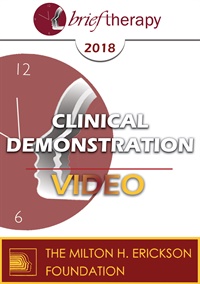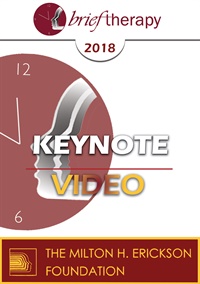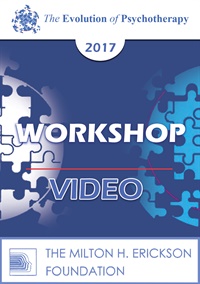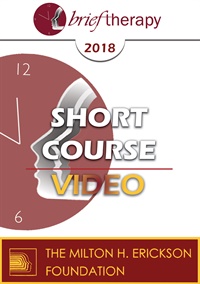Please wait ...
Learning Track - Turn Down the Trauma
Turn Down the Trauma
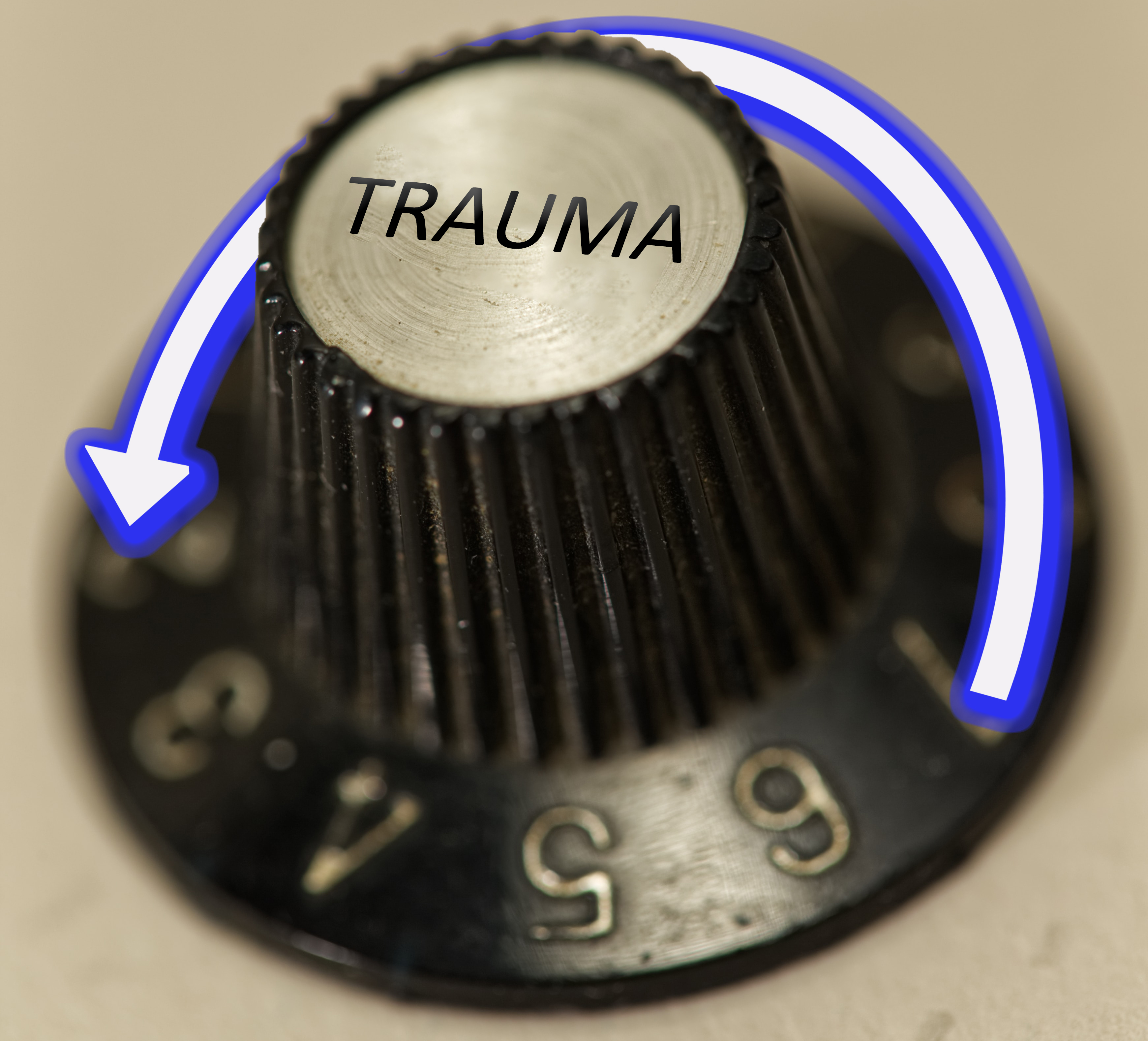
Sound theory, applications, and clinical interventions to help your client tune from the static of trauma, to the sweet sound of life. Featuring videos from Bill O'Hanlon, Bessel van der Kolk, Peter Levine, Robert Schwarz and Janina Fisher, this collection promotes practices to turn down the trauma and piece back together the harmony of life.
Bundle contents:
-
Treating Trauma Briefly and Respectfully
-
Bill O'Hanlon, MS, LMFT
-
From Brief Therapy 2018, this live demonstration will illustrate how to briefly connect with a client who has been suffering from some aftereffect from trauma and to help the client resolve some of that post-traumatic suffering.
-
-
If Trauma Changes the Brain What is Necessary for Effective Treatment
-
Bessel van der Kolk, MD
-
From Brief Therapy 2018, this keynote presentation will show how trauma affects the developing mind and brain, and teach how trauma affects self-awareness and self-regulation. We will discuss and demonstrate affect regulation techniques, examine ways to deal with fragmented self-experience, and teach the benefits of yoga, EMDR, meditation, neurofeedback, music and theater.
-
-
In an Unspoken Voice: How the Body Released Trauma and Restores Goodness
-
Peter Levine, PhD
-
From Evolution of Psychotherapy 2017, Dr. Levine explores the implications of body-oriented psychotherapy and recent findings in the neurosciences, on how the brain and body deals with emotional information.
-
-
Energy Psychology: A Brief Therapy to Treat Trauma
-
Robert Schwarz, PsyD
-
Energy Psychology (EP) is a family of focused and brief approaches to releasing stuck energy in the mindbody system that usually is the result of unresolved small “t” or big “T” trauma. This workshop presents an elegant integration of Interpersonal neurobiology, polyvagal theory and memory reconsolidation that underlies energy psychology approaches to trauma treatment.
-
-
When Intimacy Feels Unsafe: Healing the Trauma Legacy in Couples Therapy
-
Janina Fisher, PhD
-
Early childhood trauma has lasting and dramatic effects on attachment formation and on the later capacity for intimacy and mutuality. By using somatic and mindfulness-based interventions, conflictual patterns are disrupted, allowing couples to address the intense responses and impulsive reactions that undermine all sense of safety and hope and recreate the experience of threat in the body and in the relationship.
-
- Faculty:
-
Bill O'Hanlon
- Faculty:
-
Bessel van der Kolk
- Faculty:
-
Peter Levine
- Faculty:
-
Robert Schwarz
- Faculty:
-
Janina Fisher
Total:


